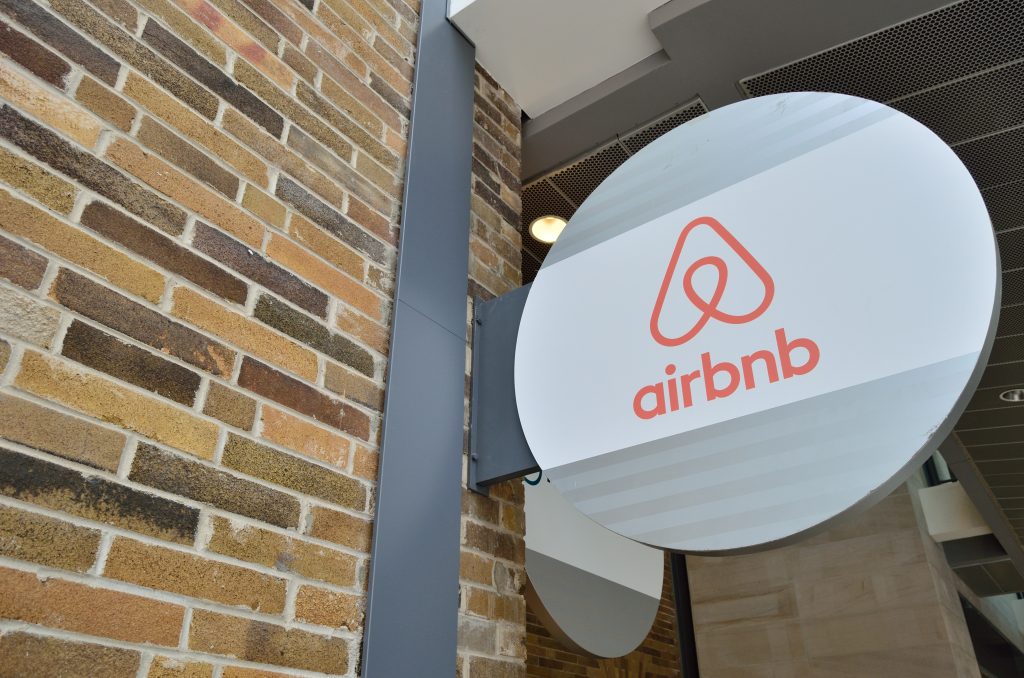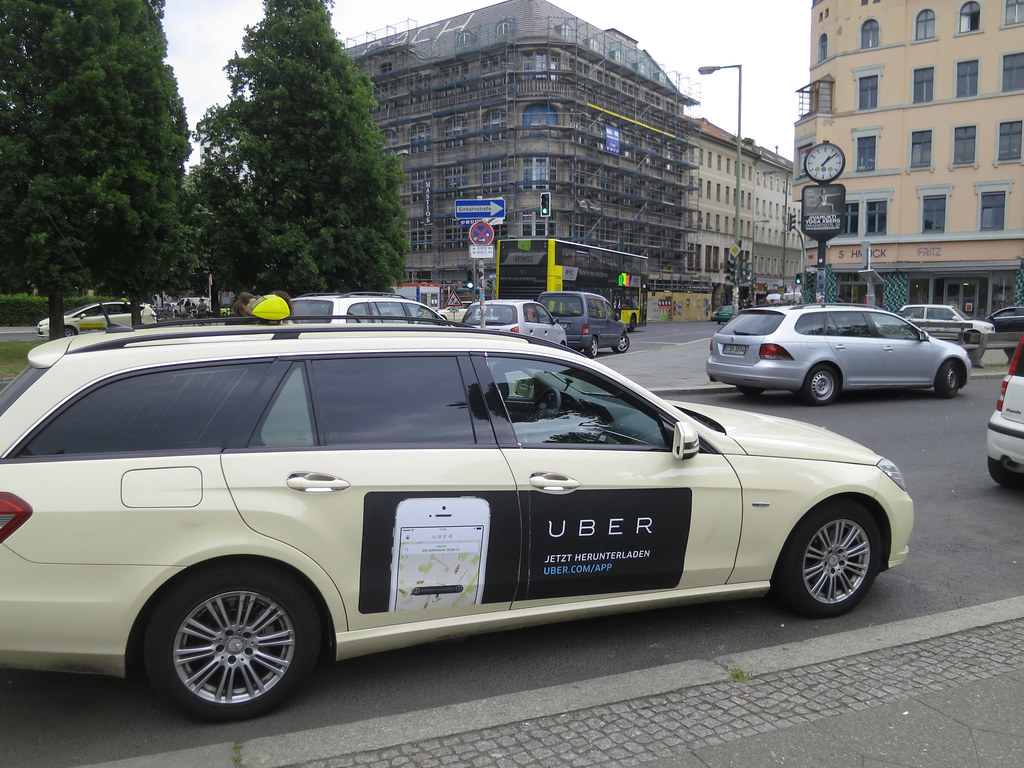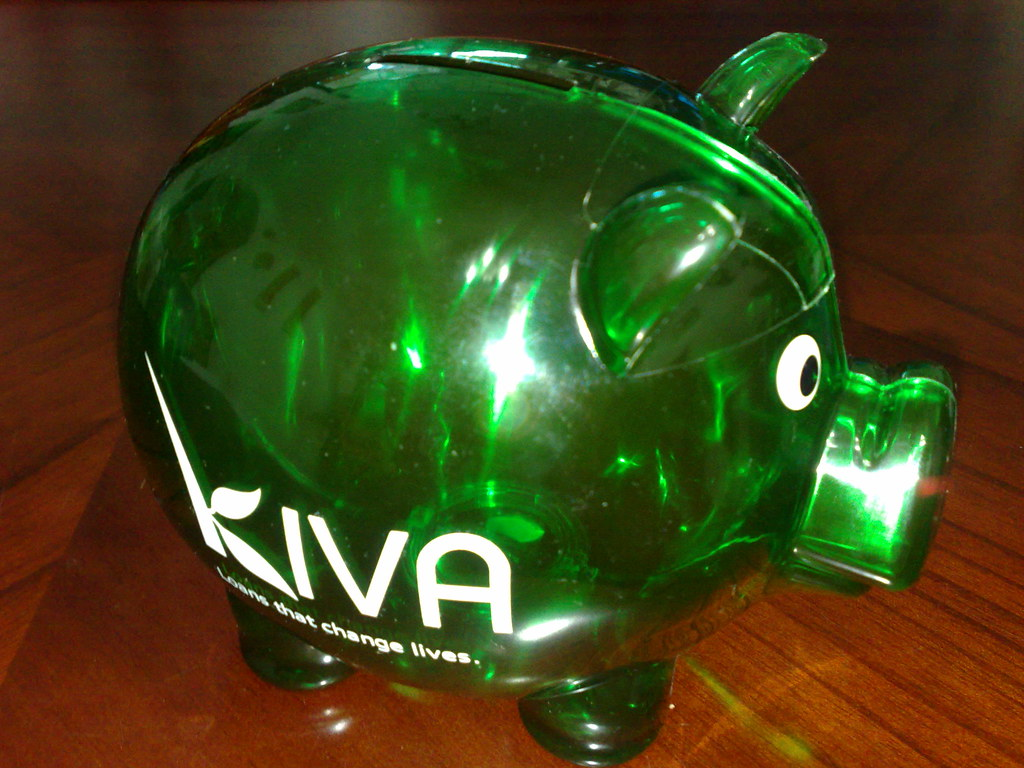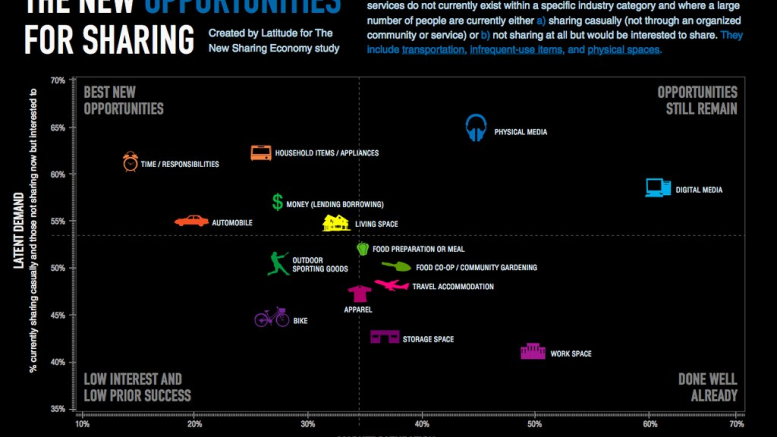LYU HANCHU, Xiaoxuan Jia, Jingyi Tai, Yuhan Yan, Jiajing Song, Yunxuan Yan
Origins of the Sharing Economy
New kinds of trade started to emerge with the advent of the Internet in the 1990s, its rapid expansion at the start of the twenty-first century, and the recession that started in 2007. “Information and communication technologies (ICT) have contributed to the rise of so-called “collaborative consumption,” which consists of peer-to-peer activities of receiving, dispensing, or sharing access to goods and services that are orchestrated through community-based online services.” The sharing economy, also known as collaborative consumption, is significant because it lowers the cost of collaboration between employees of an organization.

“Airbnb Office” by Open Grid Scheduler / Grid Engine is marked with CC0 1.0.
- Short-Term Accommodation Rentals
Airbnb was a startup as well. It was the forerunner of what is now known as the “sharing economy” and was founded in 2008 by two designers, Brian Chesky and Joe Gebbia, and a technologist, Nathan Blecharczyk. It’s an exaggerated description of a lodging website, but Airbnb is nothing if not exaggerated. Its growing pace is astonishing. The website had received one million visits as of the beginning of 2012. In 2012, there were 4 million. And the impact is only now beginning to be seen on the hotel business, people’s travel preferences, and householder incomes. The economic revolution is underway, and Airbnb is leading it. And people’s bedrooms are where it’s happening.
People may rent out their extra rooms or houses to tourists using platforms like Airbnb. This gives homeowners the ability to make extra money, especially those from lower-income families. Additionally, compared to conventional hotels, it offers travelers more economical lodging alternatives, facilitating travel for a larger spectrum of individuals.

“Uber taxi ad” by illustir is licensed under CC BY 2.0.
2. Ridesharing Services
Uber lowers the expense of middlemen required to connect customers and drivers when discussing cab services. Uber has spread to more than 630 cities worldwide since its official start in 2011, and as of 2015, it had given more than 1 billion trips. Soon after YouTubers started advertising their services all over the United States, taxi firms started to anticipate the potential effects of a new, more affordable, and quicker mode of transportation.
People now have the chance to become drivers and use their own vehicles to make money thanks to businesses like Uber and Lyft. Many people who may not have been able to obtain regular employment owing to a variety of obstacles now have a source of income because of this. Additionally, it has increased mobility and decreased transportation inequities by making it possible for people from many socioeconomic backgrounds to utilize accessible transportation options at reasonable prices.

“Kiva Piggy Bank” by liewcf is licensed under CC BY-SA 2.0.
3. Crowdfunding and Peer-to-Peer Lending
Kiva was founded in 2005. Kiva creates connections between people in wealthy and underprivileged regions by providing microloans to individuals through a global network of partner businesses and nonprofits. No interest is paid to individual Kiva lenders; instead, only the initial loan amount is refunded after being delivered to microfinance partners for free. Lenders have the option to continue lending after receiving their money back. Kiva believes this methodology will encourage a continuous cycle of microloan lending while needing only a small initial investment from each participant.
Peer-to-peer lending and crowdfunding are made easier by websites like Kickstarter and Kiva, enabling consumers to directly support ideas, entrepreneurs, and small enterprises. This lessens reliance on conventional financial institutions by democratizing access to finance and investment possibilities. As a result, diversified enterprises and creative ideas have a higher likelihood of taking off, advancing economic equality.
These examples show how the sharing economy can provide opportunities for income generation, reduce costs, and increase access to resources, ultimately contributing to a more socially equal society. However, it’s important to note that challenges and disparities also exist within the sharing economy, and efforts are needed to address them and ensure that the benefits are accessible to all.
References:
Cadwalladr, C. (2013, September 16). Airbnb: the travel revolution in our spare rooms. The Observer. https://www.theguardian.com/travel/2013/sep/16/airbnb-travel-revolution
Nelsonarchive, M. K. (2023, August 14). What happened to the microfinance organization Kiva? MIT Technology Review. https://www.technologyreview.com/2023/08/14/1077351/microfinance-money-making/
Pepić, L. (2018). The sharing economy: Uber and its effect on taxi companies. ACTA ECONOMICA, 16(28). https://doi.org/10.7251/ace1828123p
